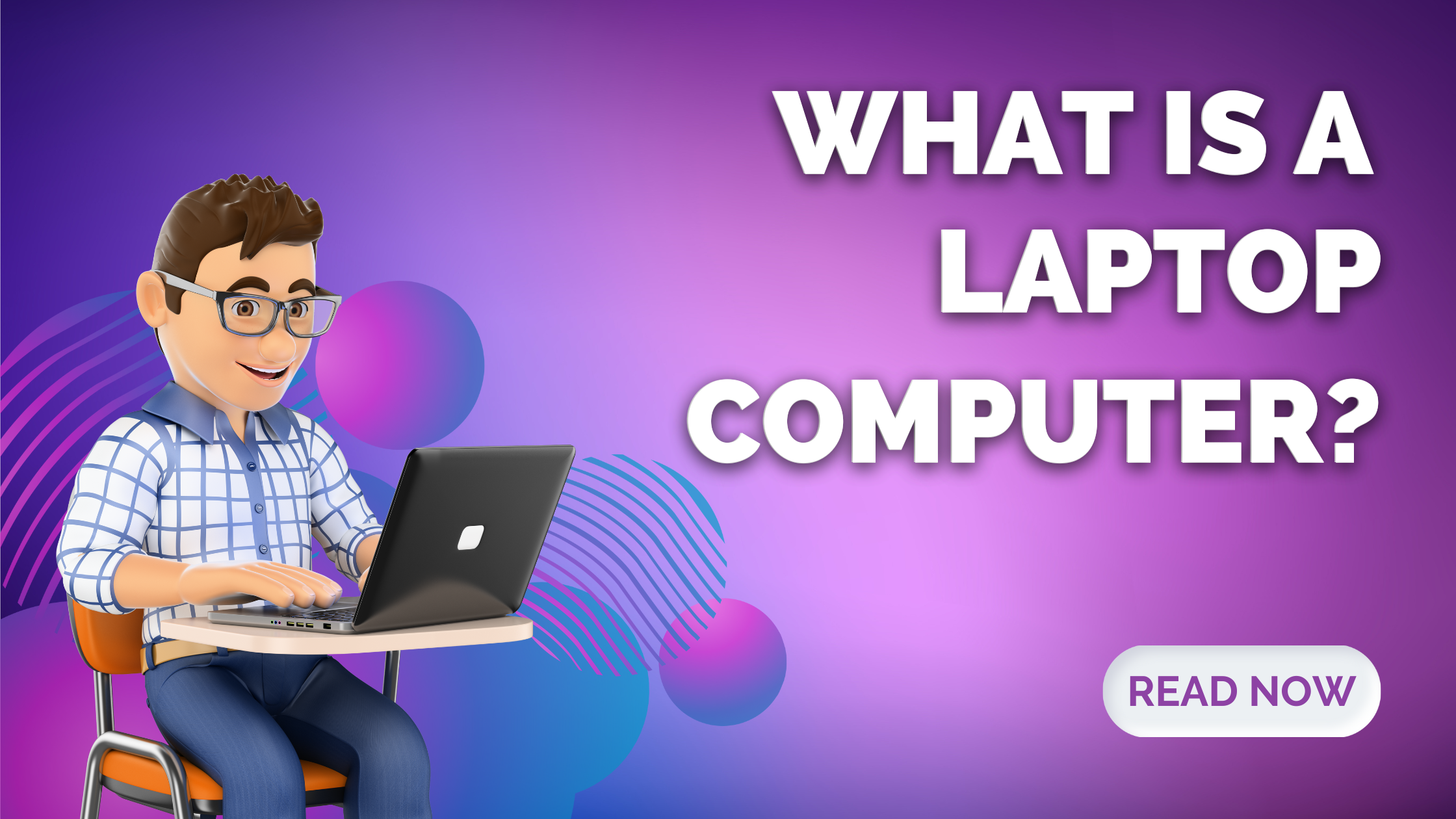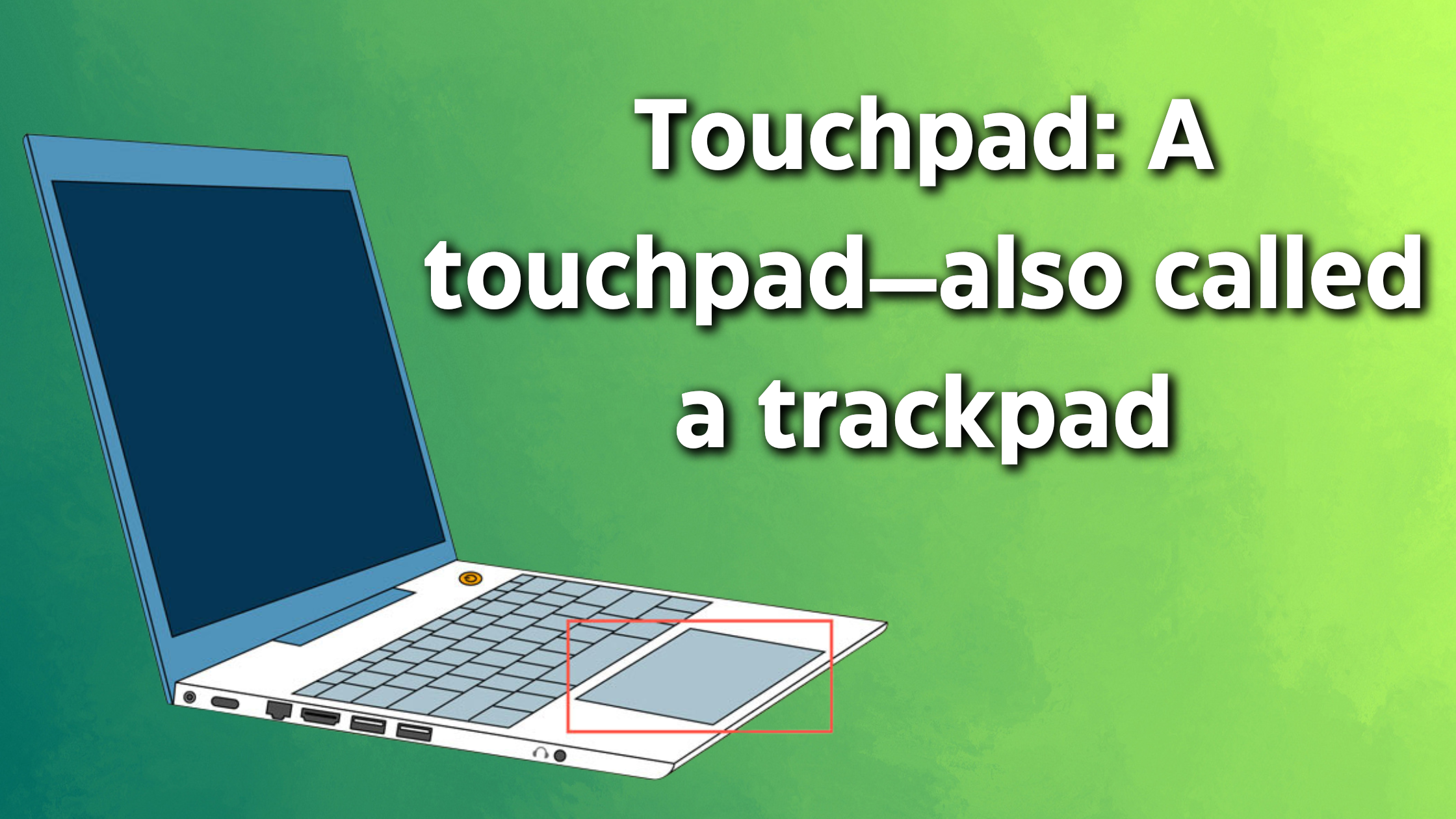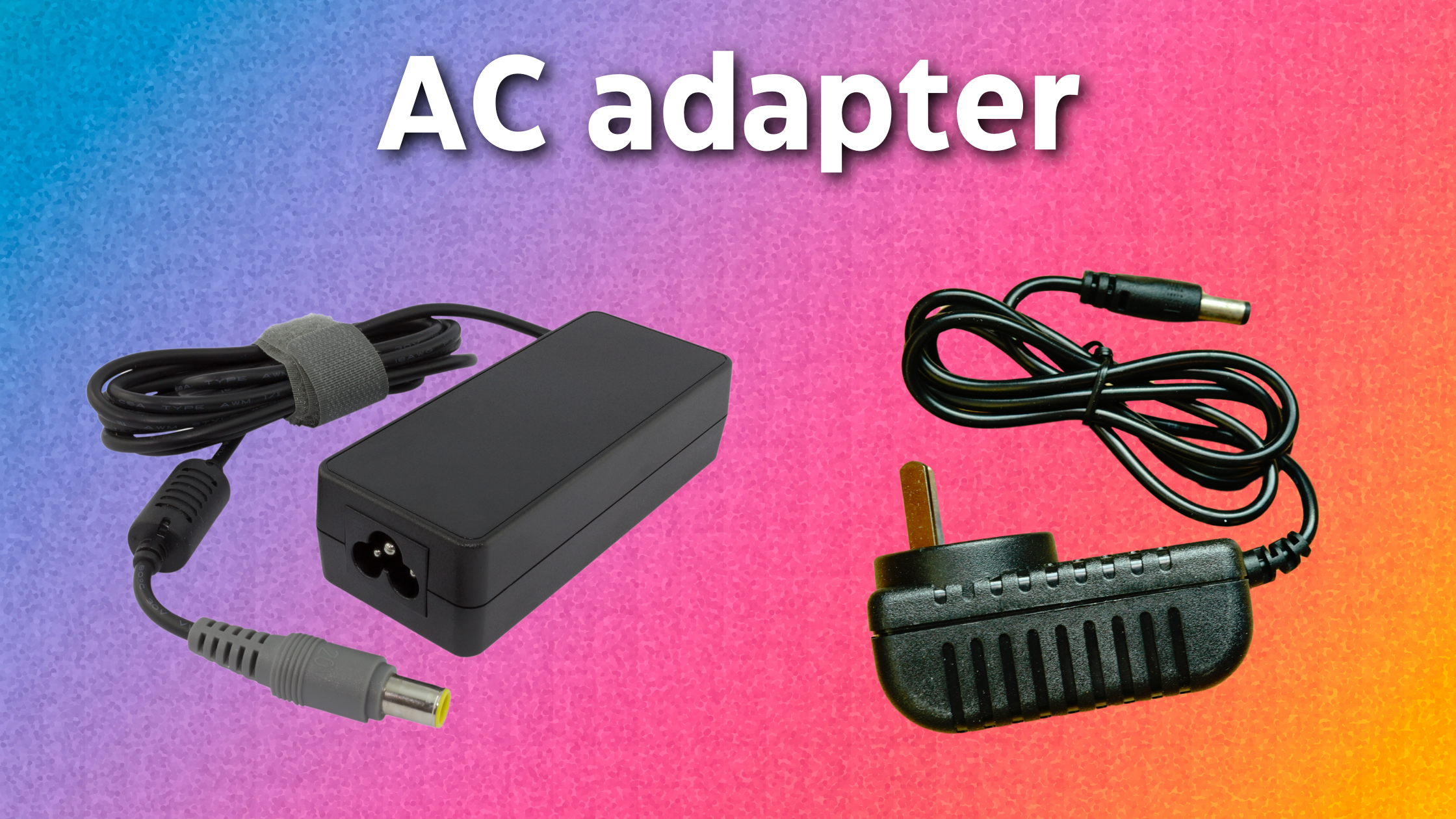Laptop Computers – What is a laptop computer?
लैपटॉप एक ऐसा पर्सनल कंप्यूटर है जो आसानी से हिल सकता है और विभिन्न स्थानों में उपयोग किया जा सकता है। अधिकांश लैपटॉप का डिज़ाइन एक डेस्कटॉप कंप्यूटर की सभी क्षमताओं को शामिल करने के लिए होता है, जिसका मतलब है कि वे आमतौर पर एक ही सॉफ़्टवेयर चला सकते हैं और एक ही प्रकार की फ़ाइलें खोल सकते हैं। हालांकि, लैपटॉप उपयुक्त डेस्कटॉप कंप्यूटरों की तुलना में महंगे भी होते हैं।
How is a laptop different from a desktop?
लैपटॉप और डेस्कटॉप के बीच कुछ महत्वपूर्ण अंतर होते हैं। लैपटॉप में एक all-in-one डिज़ाइन होता है, जिसमें एक built-in मॉनिटर, कीबोर्ड, टचपैड (जो माउस का स्थान लेता है), और स्पीकर्स होते हैं। इसका मतलब है कि यह पूरी तरह से कार्यक्षम होता है, जब कोई भी पेरिफ़ेरल जुड़े नहीं होते। लैपटॉप को सेट अप करने में भी तेज़ी होती है, और रास्ते में आने वाले रुकावट के लिए कम सीमाएं होती हैं।
आपको बड़ी मॉनिटर, एक नियमित माउस, और अन्य पेरिफेरल्स कनेक्ट करने का विकल्प भी होता है। यह बस आपके लैपटॉप को एक डेस्कटॉप कंप्यूटर में परिणत कर देता है, एक मुख्य अंतर के साथ: आप आसानी से पेरिफेरल्स को अलग कर सकते हैं और जहां चाहें वहां अपने लैपटॉप को ले जा सकते हैं।
यहां एक लैपटॉप में आपको उम्मीद की जाने वाली मुख्य अंतर हैं।
• Touchpad: एक टचपैड—जिसे ट्रैकपैड भी कहा जाता है—एक ऐसा स्पर्श-संवेदनशील पैड होता है जो आपको अपनी उंगली से पॉइंटर को कंट्रोल करने की अनुमति देता है।
• Battery: हर लैपटॉप में एक बैटरी होती है, जो आपको जब यह प्लग नहीं होता है तब भी लैपटॉप का उपयोग करने की अनुमति देती है। जब भी आप लैपटॉप को प्लग इन करते हैं, तो बैटरी पुनर्जीवित होती है। एक और लाभ जो बैटरी का होना है वह यह है कि यदि बिजली चली जाए तो बैटरी लैपटॉप को बैकअप शक्ति प्रदान कर सकती है।
• AC adapter: एक लैपटॉप में आमतौर पर एक विशेष तरह की एसी एडाप्टर होती है, जो उस विशेष प्रकार के लैपटॉप के साथ उपयोग करने के लिए डिज़ाइन की गई होती है।
• Ports: अधिकांश लैपटॉपों पर डेस्कटॉप कंप्यूटरों में पाए जाने वाले उसी प्रकार के पोर्ट्स (जैसे USB) होते हैं, हालांकि वे आमतौर पर कम पोर्ट्स होते हैं जिससे जगह की बचत होती है। हालांकि, कुछ पोर्ट अलग हो सकते हैं, और उन्हें उपयोग करने के लिए आपको एक एडाप्टर की आवश्यकता हो सकती है।
• Price: आमतौर पर, लैपटॉप उसी आंतरिक घटकों के साथ एक डेस्कटॉप कंप्यूटर से अधिक महंगे होते हैं। जब भी आप कुछ बेसिक लैपटॉप्स को डेस्कटॉप कंप्यूटरों से कम मूल्य में पाएंगे, तो ये आमतौर पर काफी कमजोर मशीन होते हैं।
A laptop computer is a personal computer that’s easy to carry around and use in different places. It’s like a portable version of a desktop computer, with similar capabilities for running software and opening files. However, laptops are typically pricier than desktops with similar specs.
Now, let’s see how laptops differ from desktop computers:
- Design: Laptops have an all-in-one design, meaning they come with a built-in monitor, keyboard, touchpad (like a mouse), and speakers. This makes them fully functional without needing extra parts. Desktops, on the other hand, need separate components like a monitor, keyboard, and mouse.
- Portability: Laptops are designed to be easily carried around. They’re quicker to set up and have fewer cables compared to desktops, making them more convenient for on-the-go use.
- Expandability: While laptops have built-in components, you can still connect external devices like a mouse or monitor to expand their functionality. But the key difference is that you can disconnect these peripherals and take your laptop anywhere.
Now, let’s look at some key features of a laptop:
- Touchpad: Also known as a trackpad, this touch-sensitive pad lets you control the cursor by moving your finger across it.
- Battery: Every laptop has a battery, allowing you to use it without being plugged in. When you do plug it in, the battery charges. Plus, it acts as a backup power source if the electricity goes out.
- AC Adapter: This is the specialized power cable used to charge your laptop. Each laptop model usually has its own adapter.
- Ports: Laptops have ports like USB for connecting external devices. They might have fewer ports than desktops to save space, and some ports might be different, requiring adapters for use.
- Price: Laptops generally cost more than desktops with similar specs. While basic laptops might be cheaper than desktops, they’re often less powerful.
-
